Discovering the Magic of ASA and AAS Congruence in Triangles
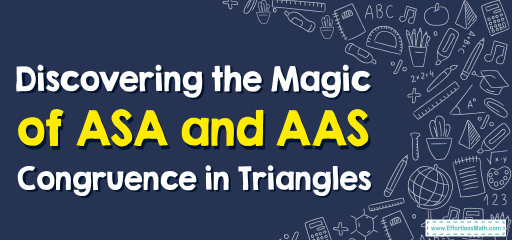
- Ensure you know the magnitudes of two angles and the length of the included side for both triangles.
- Compare these angles and the side.
- If both conditions are met, then the triangles are congruent.
- Make sure you know the magnitudes of two angles and the length of a side (that’s not between the two angles) for both triangles.
- Compare these angles and the side.
- If all match, then the triangles are congruent.
Examples
Practice Questions:
- Are triangles with angles \(60^{\circ}\) and \(80^{\circ}\), and a non-included side of \(10 \text{ cm}\), and another triangle with angles \(60^{\circ}\) and \(80^{\circ}\), with a non-included side of \(11 \text{ cm}\) congruent by the AAS postulate?
- Are triangles with angles \(70^{\circ}\) and \(110^{\circ}\), and an included side of \(12 \text{ cm}\), and another triangle with angles \(70^{\circ}\) and \(110^{\circ}\), with an included side of \(12 \text{ cm}\) congruent by the ASA postulate?
- No
- Yes
Original price was: $109.99.$54.99Current price is: $54.99.
Original price was: $109.99.$54.99Current price is: $54.99.
Original price was: $114.99.$54.99Current price is: $54.99.
Related to This Article
More math articles
- Top 10 Free Websites for TASC Math Preparation
- A Comprehensive Collection of FREE PSAT Math Practice Tests
- A Comprehensive Collection of Free GED Math Practice Tests
- How to Compare and Order Rational Numbers?
- FTCE Math Practice Test Questions
- The 8 Best Webcams for Online Teachers
- Top 10 Tips to Create an AFOQT Math Study Plan
- 3rd Grade MAP Math FREE Sample Practice Questions
- 8th Grade ISASP Math Worksheets: FREE & Printable
- Top 10 3rd Grade STAAR Math Practice Questions









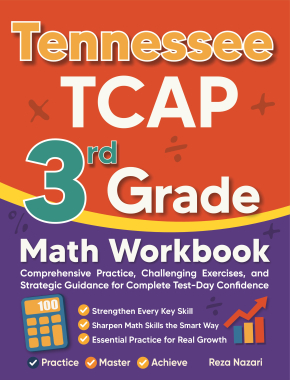




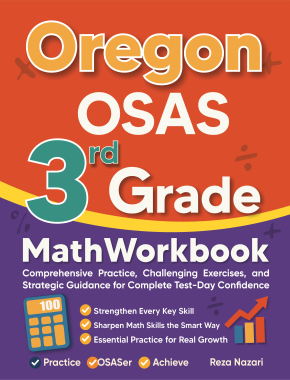
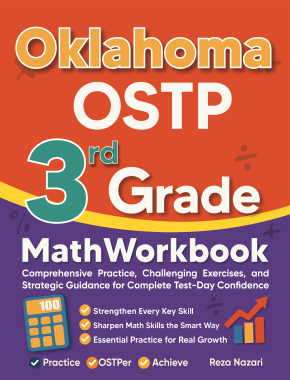




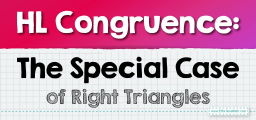



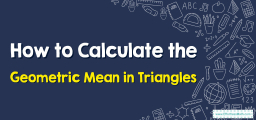

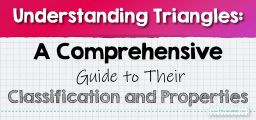

What people say about "Discovering the Magic of ASA and AAS Congruence in Triangles - Effortless Math: We Help Students Learn to LOVE Mathematics"?
No one replied yet.